A Simple Definition of Blood Pressure
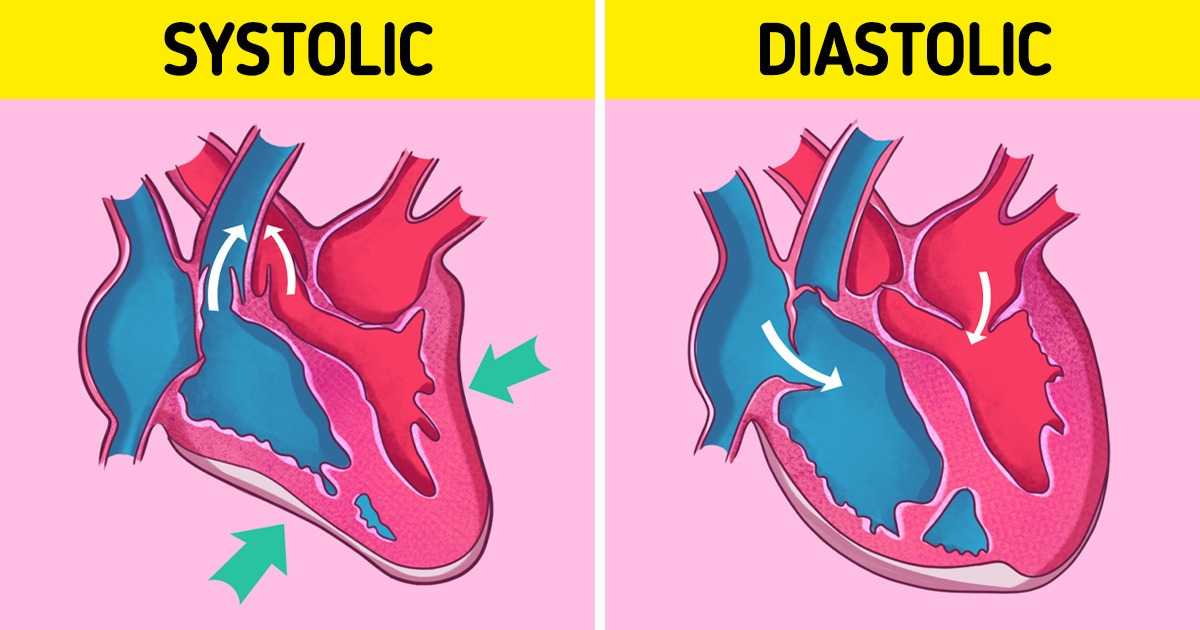
Blood pressure is the force applied by the blood over the inner walls of the arteries. Each person has constant average blood pressure, but it can fluctuate slightly during the day — it declines while relaxing and increases while being excited or under stress.
5-Minute Crafts would like to tell you about how to measure blood pressure, and what it means when it’s high or low.
❗ This article is for information only. If you want to measure your blood pressure and understand the results, talk to your doctor.
How blood pressure is measured
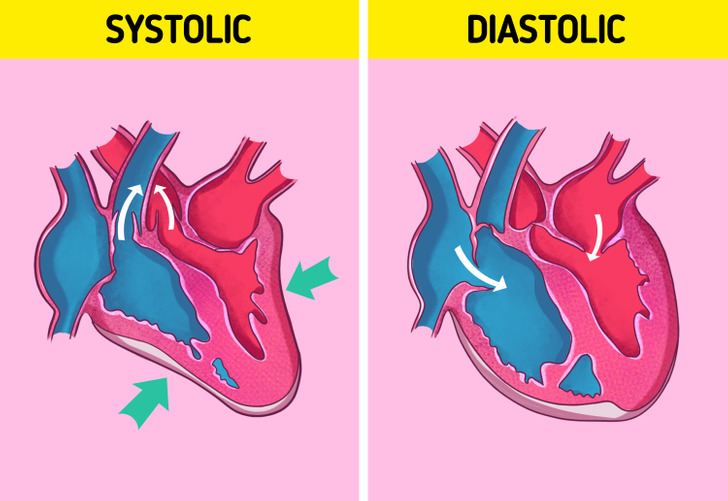
Blood pressure is measured in millimeters of mercury (mm Hg) and is given in 2 figures:
- Systolic pressure is when your heart pushes blood out during its contraction.
- Diastolic pressure is when your heart rests between beats. When resting, the heart refills with blood to push it into the arteries during the next contraction.
If someone says their blood pressure is 120 over 80, or 120/80 mm Hg, it means that the systolic pressure is 120 mm Hg, and the diastolic pressure is 80 mmHg.
What the blood pressure numbers mean
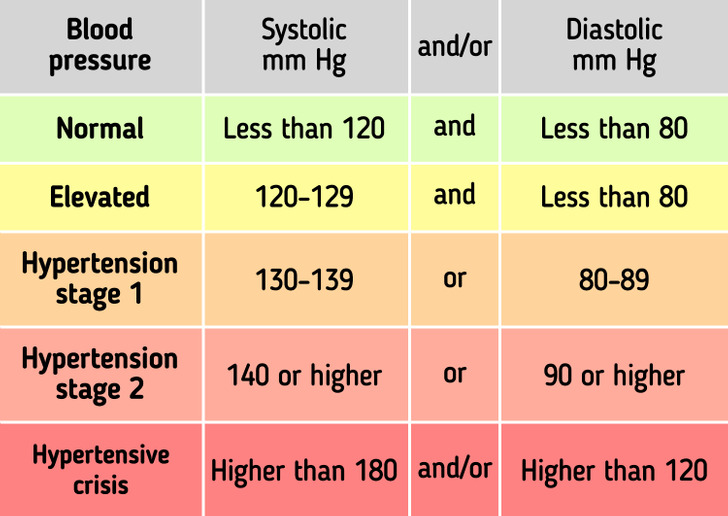
The American Heart Association identifies 5 types of blood pressure:
- Normal pressure: Blood pressure less than 120/80 mm Hg is considered normal. With this blood pressure, it’s enough to follow a balanced diet and exercise regularly.
- Elevated blood pressure: In this condition, the readings of systolic and diastolic pressure consistently range between 120-129 mm Hg and less than 80 mm Hg, respectively. People with elevated blood pressure can develop hypertension over time if they don’t take steps to control the condition.
- Hypertension stage 1 is a condition in which the systolic and diastolic pressure readings consistently fluctuate between 130 and 139 mm Hg or 80 and 89 mm Hg, respectively. At this stage, doctors are likely to advise lifestyle changes and may prescribe blood pressure medications based on the risk of heart attack or stroke.
- Hypertension stage 2 is a condition in which the readings constantly fluctuate within 140/90 mm Hg or higher. At this stage, doctors are likely to prescribe blood pressure medication and make recommendations for lifestyle changes.
- Hypertensive crisis: At this stage, emergency medical attention is required. If the blood pressure reading suddenly exceeds 180/120 mm Hg, you need to wait 5 minutes and then take measurements again. If they are still high, you should immediately consult a doctor.
What high blood pressure means
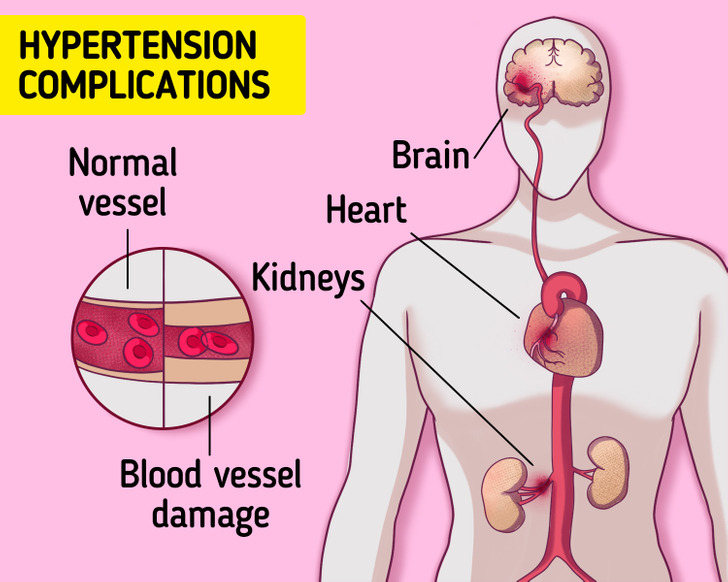
Blood pressure is considered high if it’s consistently 140/90 mm Hg or higher. However, some doctors can make such a diagnosis if the pressure is constantly elevated and is 130/80 mm Hg or higher. This limit is based on the latest clinical guidelines.
High blood pressure is often associated with an unhealthy lifestyle, being overweight, and not being physically active enough. Left untreated, it can damage the arteries and make them less elastic. This will decrease the flow of blood and oxygen to the heart, which will eventually lead to heart diseases, such as coronary artery disease. In addition, high blood pressure can seriously damage the brain, kidneys, and eyes.
The problem is that high blood pressure usually has no warning signs or symptoms. As a result, people often don’t realize they have high blood pressure. Regular blood pressure check-ups are the only way to know what condition you are in.
Many hypertensive patients can lower their blood pressure to a healthy range simply by making lifestyle changes. To do this, you need to consult a doctor who will give individual recommendations.
What low blood pressure means
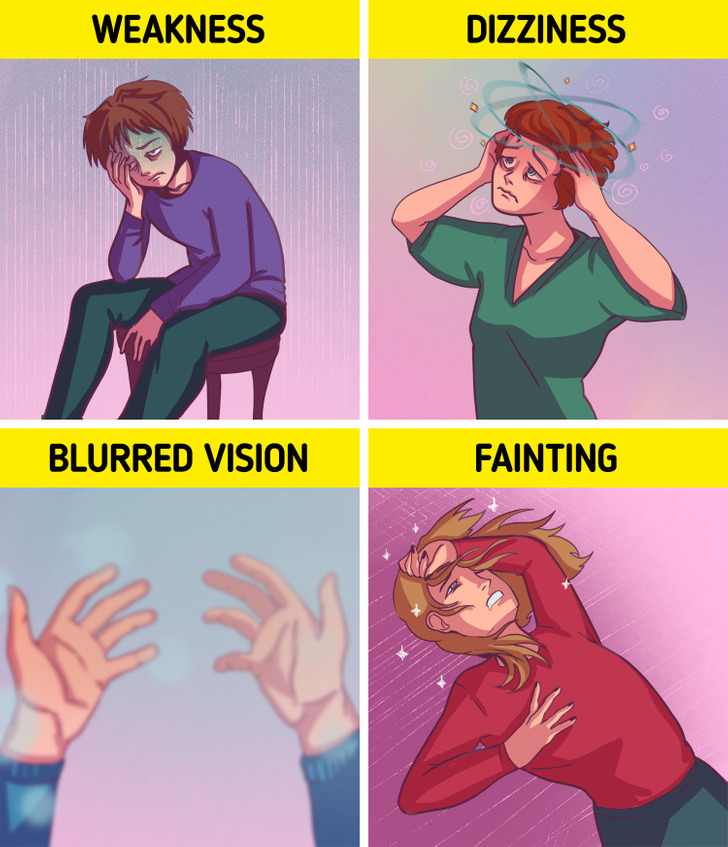
Low blood pressure is less common than high blood pressure. In this condition, the blood pressure readings can be 90/60 mm Hg or lower. Some medications can cause low blood pressure as a side effect. Also, low blood pressure can be a sign of heart failure or dehydration.
Unlike high blood pressure, low blood pressure can have the following symptoms:
- Weakness
- Dizziness
- Feeling sick
- Blurred vision
- Confusion
- Fainting
If you have one or more of the above symptoms, please consult your doctor. They will measure your blood pressure, assess your health, and ask about the medications you are taking. If your doctor finds the cause of your low blood pressure, they may be able to recommend treatments to help relieve your symptoms.